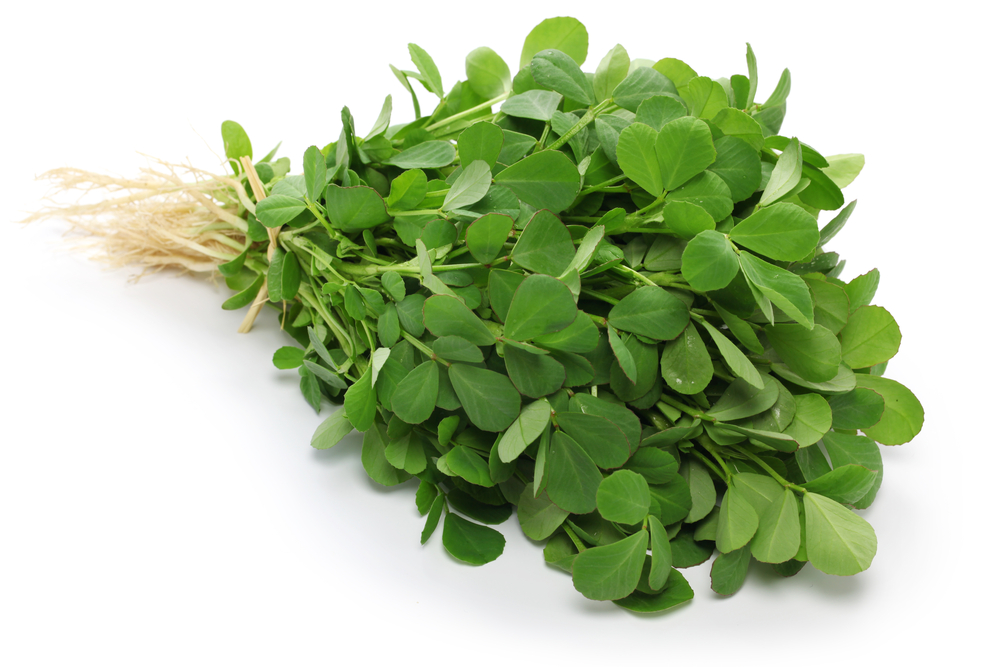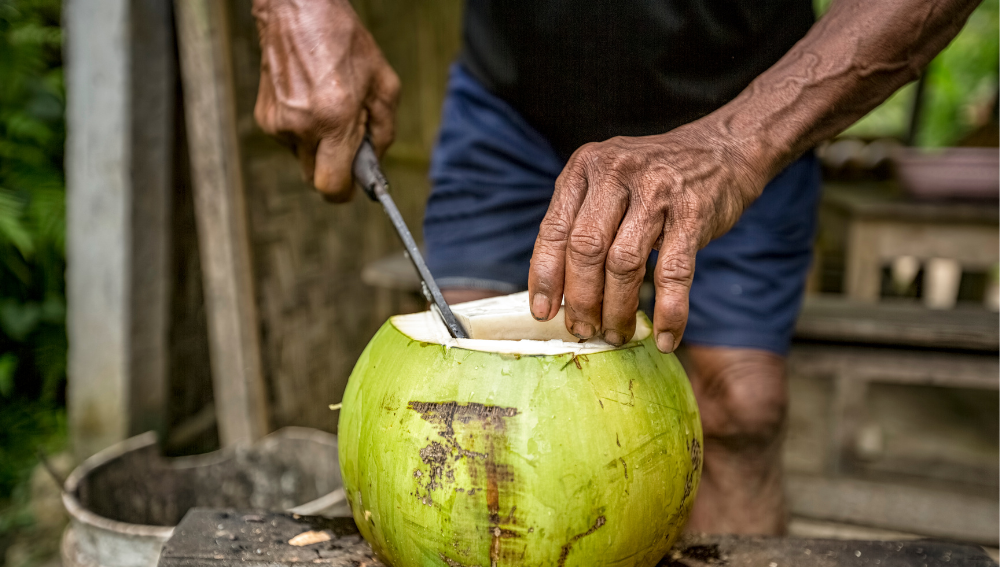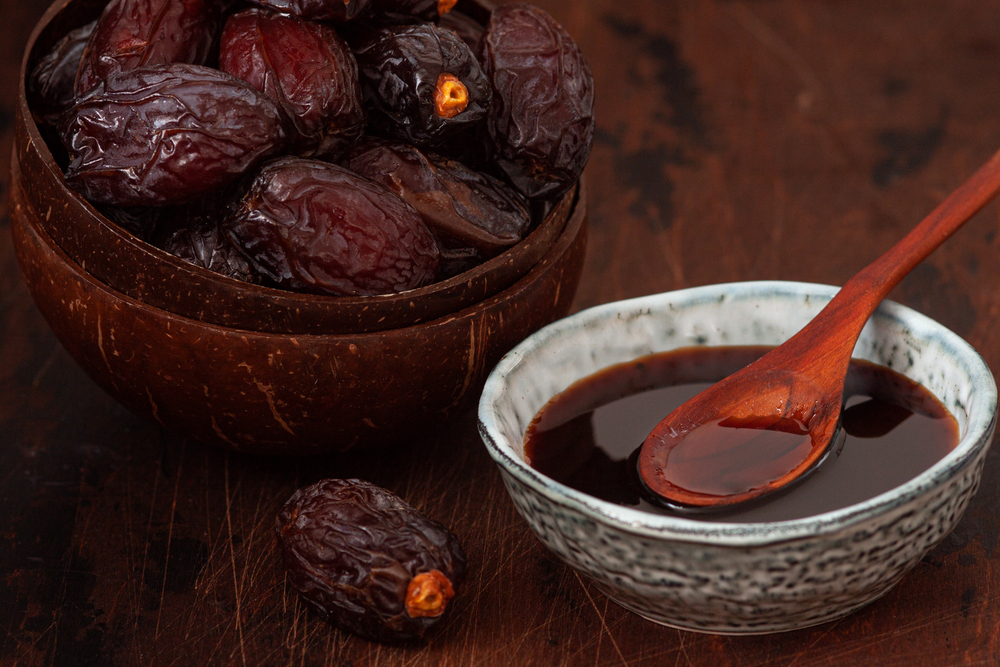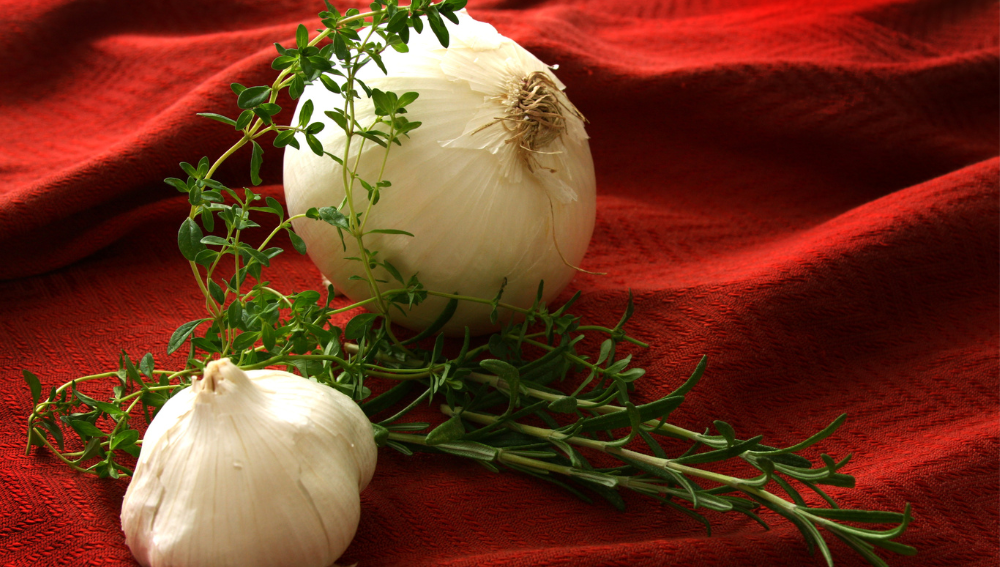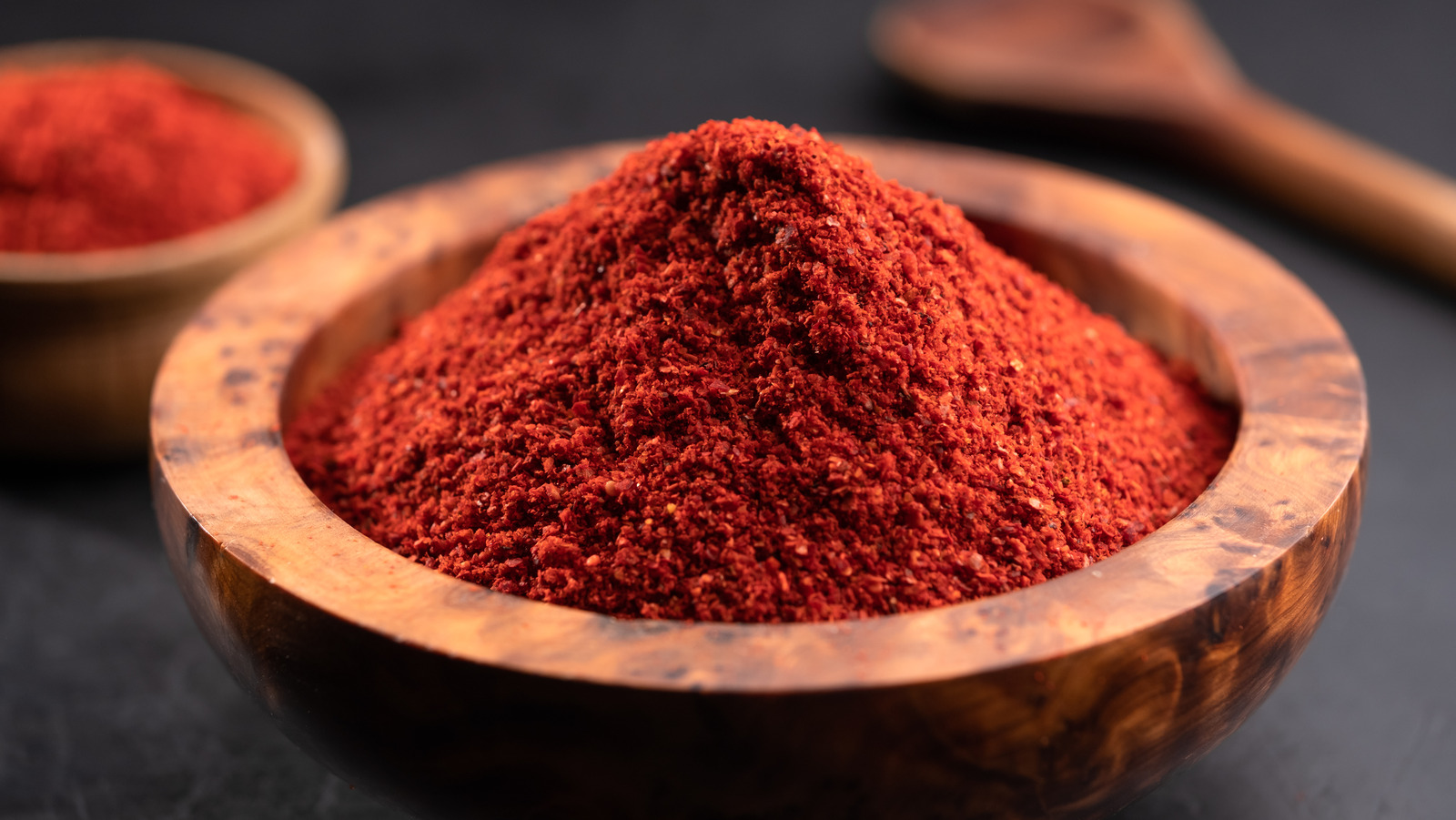Fenugreek is an herb that has been used in cooking and medicine for centuries. While it is a staple in Indian cuisine, fenugreek is also popular in Middle Eastern and North African dishes.
Despite its widespread use, many people are unfamiliar with the flavor of fenugreek and wonder what it tastes like. In this article, I will explore the taste profile of fenugreek and its uses in cooking.
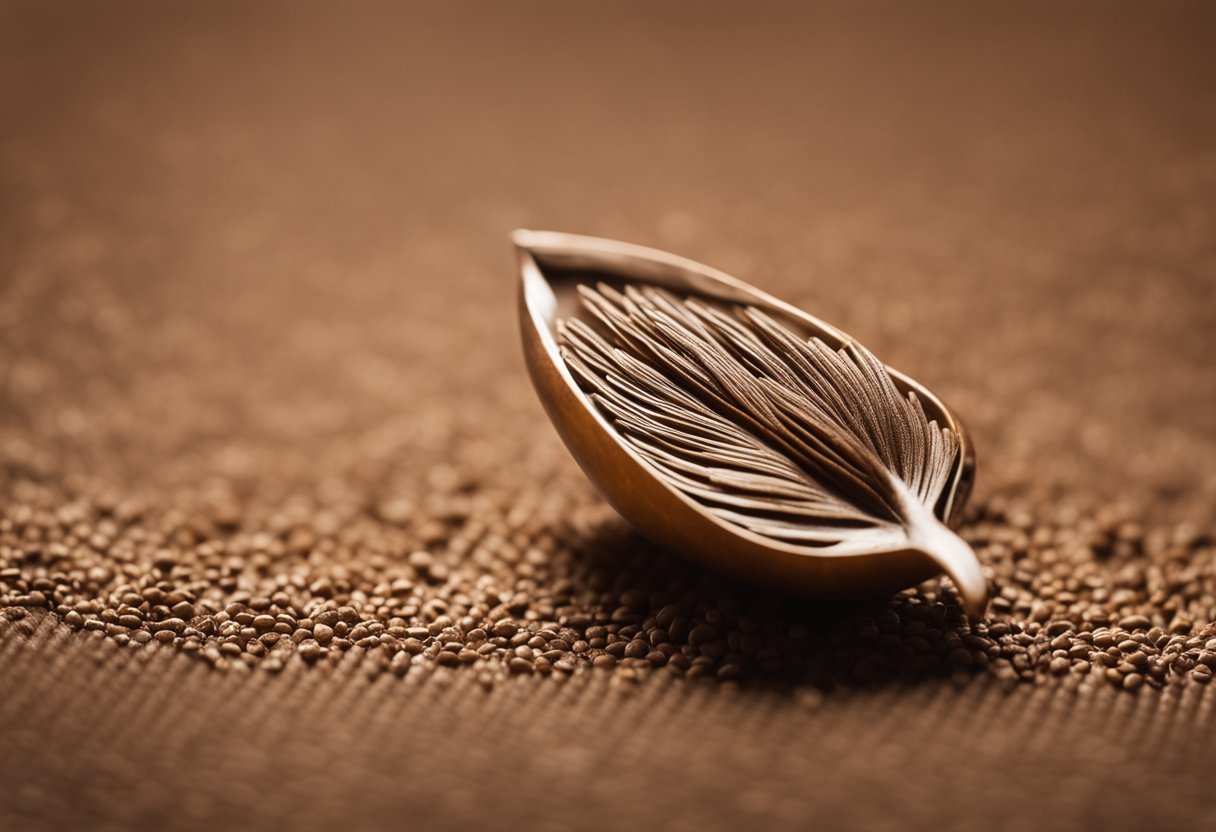
Fenugreek has a unique flavor that can be difficult to describe. Some people compare it to maple syrup, while others describe it as nutty or slightly bitter.
The taste can vary depending on the form of fenugreek used. For example, fenugreek seeds have a more potent flavor than fenugreek leaves. Additionally, the taste of fenugreek can be affected by the way it is prepared and cooked.
Key Takeaways
- Fenugreek has a unique flavor that is difficult to describe.
- The taste of fenugreek can vary depending on the form and preparation method.
- Fenugreek is commonly used in Indian, Middle Eastern, and North African cuisine.
Fenugreek Origins and Uses
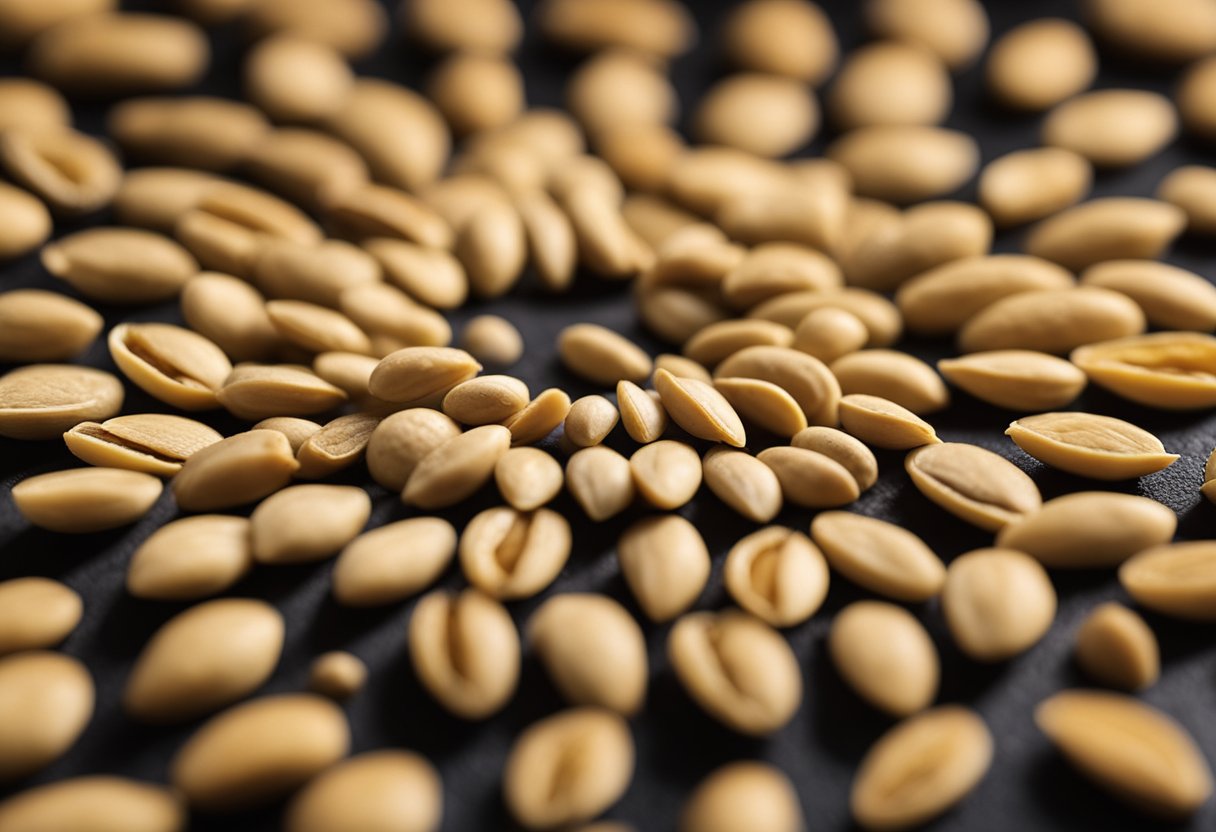
Fenugreek is a popular spice that is widely used in Indian and Middle Eastern cuisines. It is an herb that is native to the Mediterranean region, southern Europe, and western Asia.
The plant produces small, golden-brown seeds that have a strong, sweetish, and somewhat bitter taste, reminiscent of burnt sugar.
Fenugreek has been used for thousands of years as a medicinal herb and as a spice. It has been used to treat a variety of ailments, including digestive problems, respiratory infections, and skin conditions. In India, fenugreek is also used to increase milk production in nursing mothers.
In cooking, fenugreek is used to flavor stews, curries, and other dishes. It is commonly used in Indian cuisine, where it is a key ingredient in many curries. The spice is also used in Middle Eastern cuisine, where it is often added to soups and stews.
Fenugreek is available in several forms, including seeds, leaves, and powder. The seeds are commonly used in cooking and can be ground into a powder.
The leaves are used as an herb and can be used fresh or dried. Fenugreek is also available in supplement form, which is used to treat a variety of health conditions.
Overall, fenugreek is a versatile spice that adds a unique flavor to many dishes. It is commonly used in Indian and Middle Eastern cuisines and has a long history of use as a medicinal herb.
Taste Profile of Fenugreek
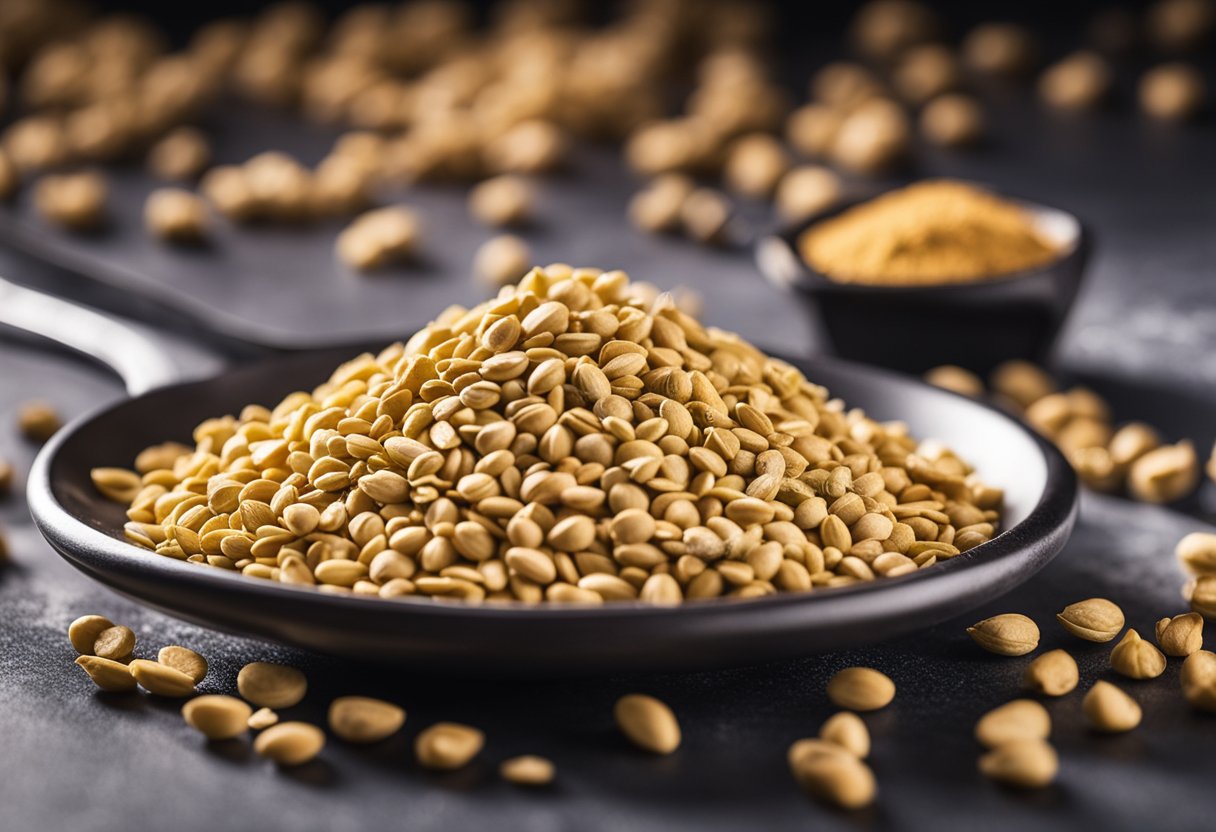
Fenugreek is a spice that is commonly used in Indian cuisine. It has a unique taste profile that is difficult to describe.
I have tried fenugreek in various forms, including seeds, leaves, and powder, and I can say that it has a distinct flavor that is unlike any other spice I have tasted.
The taste of fenugreek can be described as a combination of sweet, bitter, and nutty flavors. The bitterness is not overpowering, but it is definitely present, and it adds a nice complexity to the overall taste.
The sweetness is also noticeable, and it gives the spice a pleasant flavor that is similar to maple syrup. The nuttiness is subtle, but it adds depth to the taste and makes it more interesting.
When using fenugreek in cooking, it is important to keep in mind that it has a strong flavor, so a little goes a long way. It can be used to add a unique taste to a variety of dishes, including curries, stews, and soups.
Fenugreek leaves can be used like bay leaves, and the seeds can be ground into a powder and used as a spice.
One thing to note about fenugreek is that it can have a slightly bitter aftertaste. This is not necessarily a bad thing, but it is something to be aware of when using the spice in your cooking.
Overall, I would say that fenugreek has a complex and interesting taste profile that is definitely worth trying if you haven’t already.
Fenugreek in Different Forms
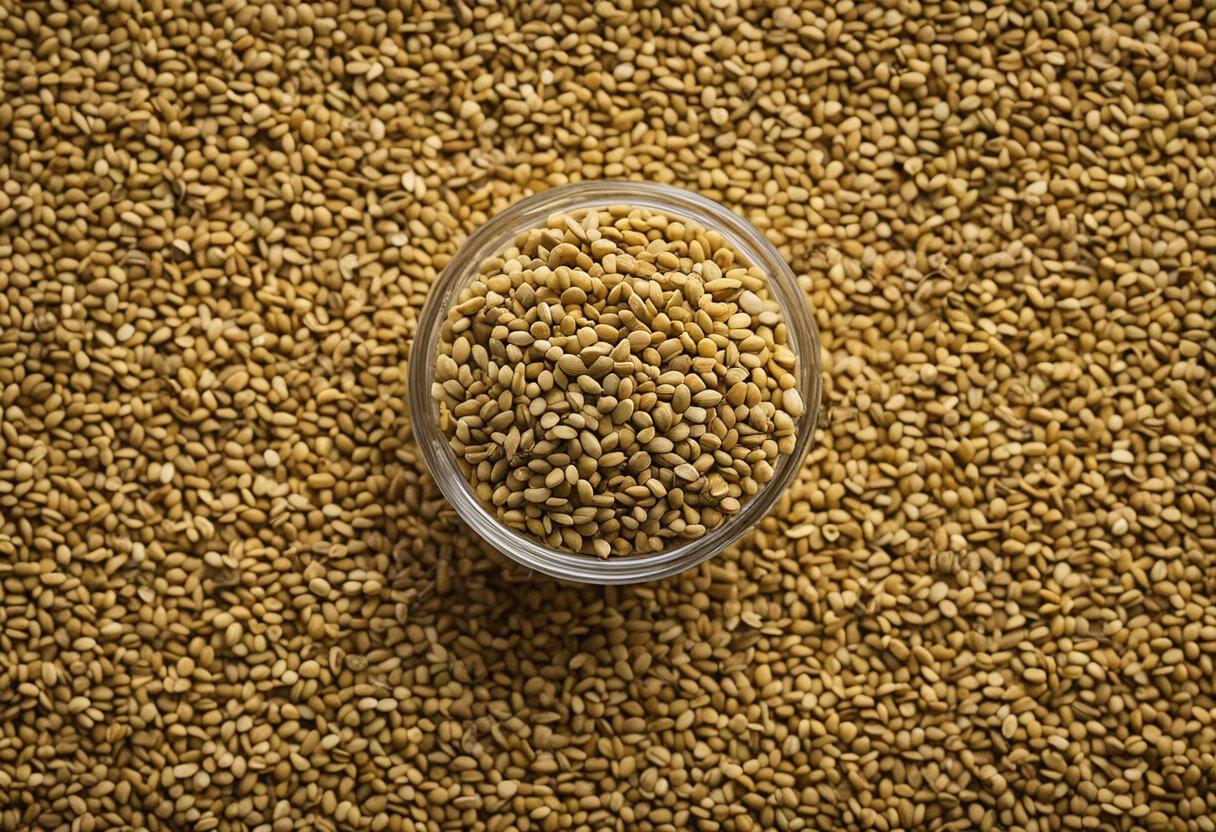
As a versatile herb, fenugreek can be used in various forms, each with its unique taste and benefits. Here are some of the different forms of fenugreek:
Fresh Leaves
Fresh fenugreek leaves have a slightly bitter taste with a hint of sweetness. They are commonly used in Indian cuisine, especially in curries and chutneys. The leaves are also used to make a popular dish called methi paratha, which is a type of Indian flatbread.
Dried Leaves
Dried fenugreek leaves, also known as kasuri methi, have a strong aroma and a slightly bitter taste. They are commonly used in Indian and Middle Eastern cuisine, especially in curries, stews, and soups. Dried fenugreek leaves are also used as a seasoning for vegetables and meats.
Seeds
Fenugreek seeds have a nutty taste with a hint of bitterness. They are commonly used in Indian and Middle Eastern cuisine, especially in spice blends such as garam masala and ras el hanout. Fenugreek seeds are also used to make a popular spice called fenugreek powder.
Ground
Ground fenugreek has a more intense flavor than whole seeds. It is commonly used in spice blends, marinades, and rubs. Ground fenugreek is also used to make a popular spice called curry powder.
Dried
Dried fenugreek has a slightly sweet and nutty taste with a hint of bitterness. It is commonly used in Indian and Middle Eastern cuisine, especially in spice blends, stews, and soups. Dried fenugreek is also used as a seasoning for vegetables and meats.
Fresh Leaves vs. Dried Leaves
Fresh fenugreek leaves have a milder taste than dried leaves. Dried leaves have a more intense flavor and aroma than fresh leaves. Both fresh and dried leaves are commonly used in Indian cuisine.
In conclusion, fenugreek is a versatile herb with a unique taste and aroma. It can be used in various forms, each with its distinct flavor and benefits.
Whether you are using fresh leaves, dried leaves, seeds, or ground, fenugreek is a great addition to any dish.
Cooking with Fenugreek
Fenugreek is a versatile spice that can be used in a variety of dishes. Here are some tips for cooking with fenugreek:
- Toasting fenugreek seeds before grinding them can bring out the flavor and aroma. Simply heat a dry skillet over medium heat and add the seeds. Stir them frequently until they turn a shade darker and become fragrant. Be careful not to burn them.
- Fenugreek powder can be used in combination with other spices to create a spice blend. For example, garam masala is a classic Indian blend of spices that includes fenugreek seeds along with cinnamon, bay leaves, cardamom, cumin, coriander, black pepper, cloves, and mace. It is best to add the spice blend at the end of cooking to preserve the flavor.
- Fenugreek seeds can also be used in soups, stews, and sauces. They can add a unique flavor to rice dishes and salads as well.
- When using fenugreek, it is important to use it in moderation. Too much can overpower other flavors and make the dish bitter.
- Fenugreek can be pan-roasted or fried to add a nutty flavor to dry rubs or spice blends.
- Fenugreek can be balanced with other spices such as coriander, fennel, cumin, and paprika to create a well-rounded flavor profile.
Overall, fenugreek is a great spice to experiment with in the kitchen. With a little bit of practice, you can learn to use it in a variety of dishes to add depth and complexity to your cooking.
Fenugreek Substitutes

If you’re cooking a recipe that calls for fenugreek, but you don’t have any on hand, don’t worry! There are several substitutes that can be used in its place. Here are some of the best options:
Fennel Seeds
Fennel seeds have a similar flavor profile to fenugreek and can be used as a substitute in many recipes. They have a slightly sweet and licorice-like taste that can add depth to dishes.
Maple Syrup
Believe it or not, maple syrup can be a great substitute for fenugreek. Both have a similar mixture of bitterness and sweetness, and both contain sotolon, a chemical compound that impacts the flavor. Use maple syrup sparingly as it can be quite sweet.
Curry Powder
Curry powder is a blend of spices that typically includes coriander, cumin, turmeric, and fenugreek. If you don’t have fenugreek on hand, using a little extra curry powder can help replicate the flavor profile.
Yellow Mustard Seeds
Yellow mustard seeds have a mild earthy flavor that is similar to fenugreek. They can be used in combination with other spices to create a substitute for fenugreek.
Fennel Seed
Fennel seed has a slightly sweet and licorice-like taste that can add depth to dishes. It can be used as a substitute for fenugreek in many recipes.
Celery
Celery leaves have a slightly bitter taste that can mimic the bitterness of fenugreek. They can be used in combination with other spices to create a substitute for fenugreek.
Overall, there are several substitutes that can be used in place of fenugreek. When choosing a substitute, consider the flavor profile of the dish you are making and choose a substitute that complements it well.
Fenugreek and Health
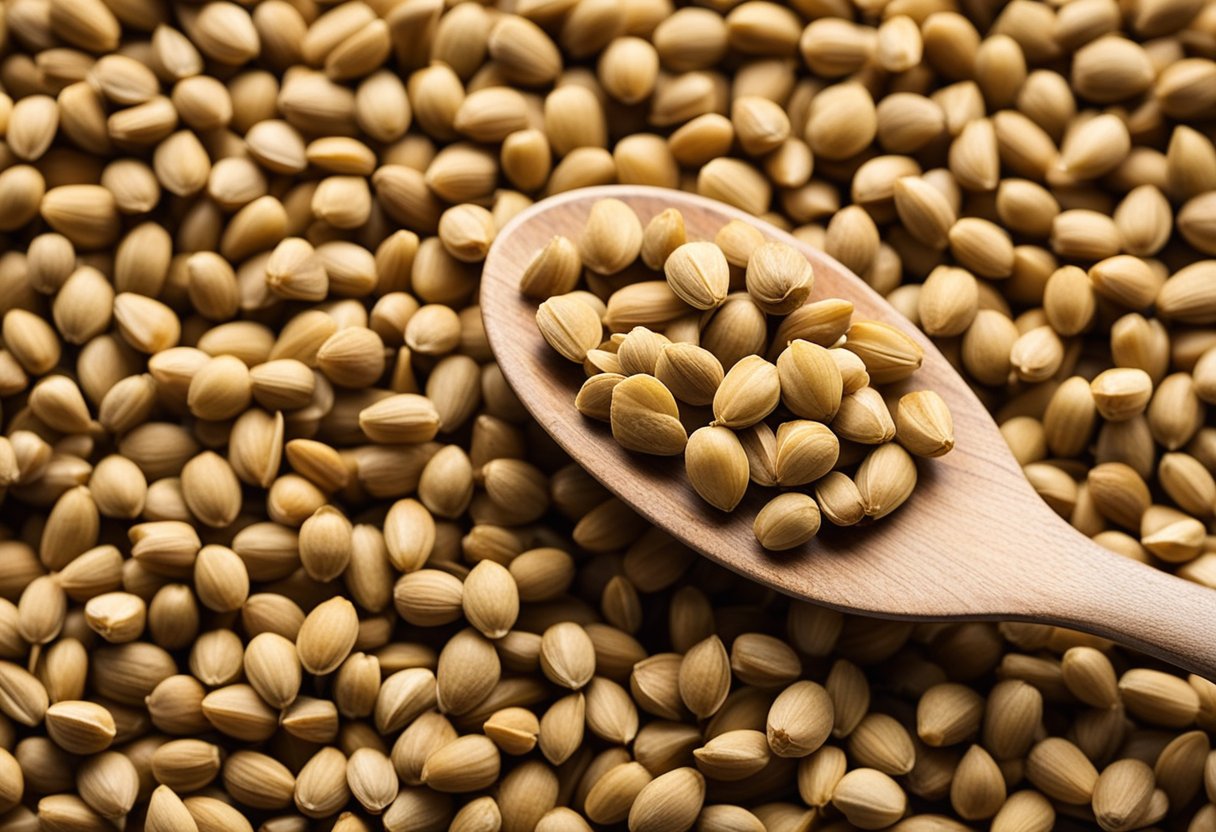
Fenugreek is a herb that has been used for centuries in traditional medicine for its various health benefits. As a supplement, it is available in capsules, powders, and teas. It is also used as a spice in cooking and can be found in various cuisines.
One of the most well-known benefits of fenugreek is its ability to increase milk production in breastfeeding mothers. Studies have shown that fenugreek can significantly increase breast milk production in nursing mothers, making it a popular supplement for lactating women.
Fenugreek is also known to be high in fiber, which can help regulate bowel movements and improve digestive health. This can be particularly beneficial for those with constipation or other digestive issues.
In addition, fenugreek has been studied for its potential to help manage blood sugar levels in individuals with diabetes.
It contains compounds that may help improve insulin sensitivity and reduce blood sugar levels. However, more research is needed to determine its effectiveness in managing diabetes.
Overall, fenugreek has several potential health benefits and is a safe supplement for most people. However, it is important to talk to a healthcare provider before taking any new supplements, especially if you have a medical condition or are taking medication.
Other Uses of Fenugreek
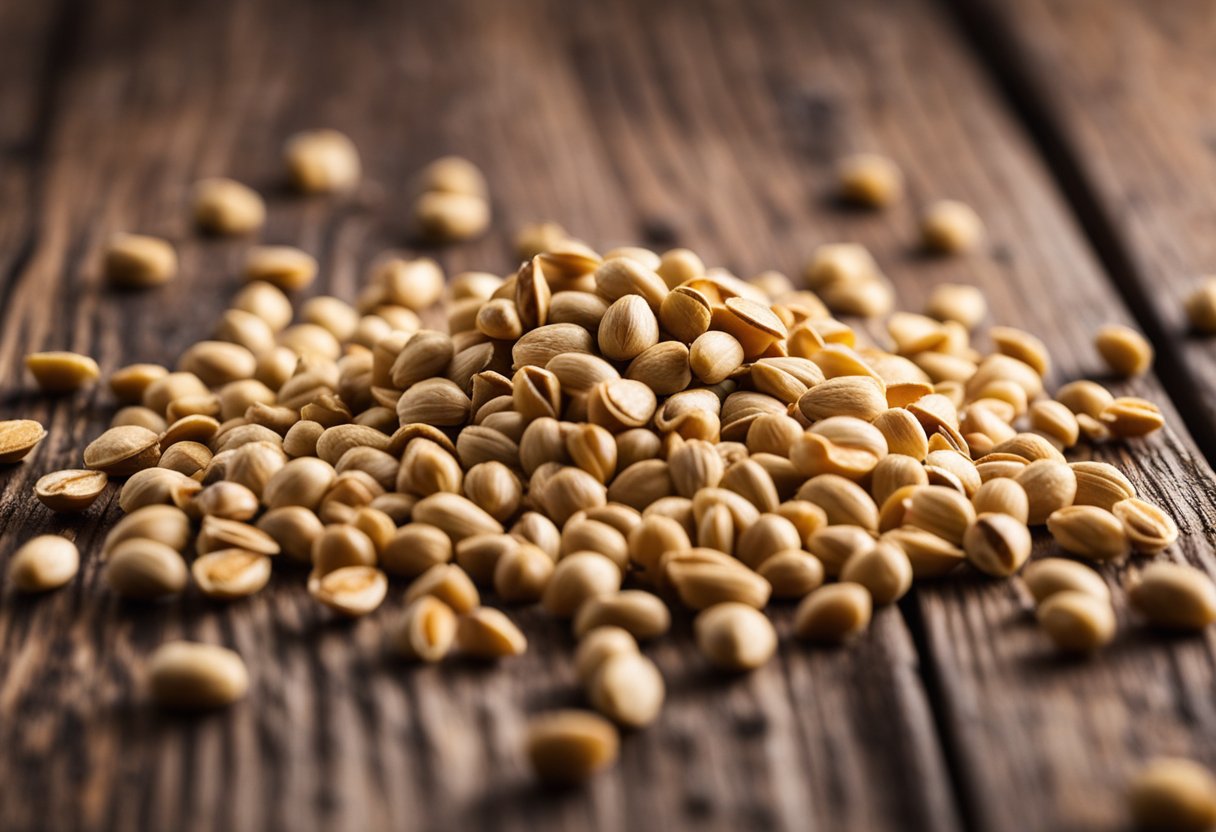
Fenugreek is not only used as a spice in cooking but also has various other uses. Here are some of the ways fenugreek is used:
Soap Making
Fenugreek seeds can be used in soap making due to their natural cleansing properties. They are rich in saponins, which are natural detergents that help to remove dirt and impurities from the skin.
Fenugreek soap is often used to treat skin conditions such as acne, eczema, and psoriasis.
Shampoo
Fenugreek seeds can also be used in hair care products such as shampoos and conditioners. They are rich in protein and nicotinic acid, which help to strengthen hair and promote hair growth. Fenugreek is also known to help reduce dandruff and soothe an itchy scalp.
Edible Oil
Fenugreek seeds can be used to make edible oil, which is rich in vitamins and minerals. The oil is often used in cooking, especially in Indian cuisine, as it adds a unique flavor to dishes. Fenugreek oil is also used in traditional medicine to treat a variety of ailments.
Traditional Medicine
Fenugreek has been used in traditional medicine for centuries to treat a variety of ailments. It is believed to have anti-inflammatory, antioxidant, and anti-diabetic properties. Fenugreek is often used to treat digestive problems, menstrual cramps, and respiratory infections.
In conclusion, fenugreek has various uses beyond just being a spice in cooking. It is used in soap making, hair care products, edible oil, and traditional medicine.
Unique Features of Fenugreek
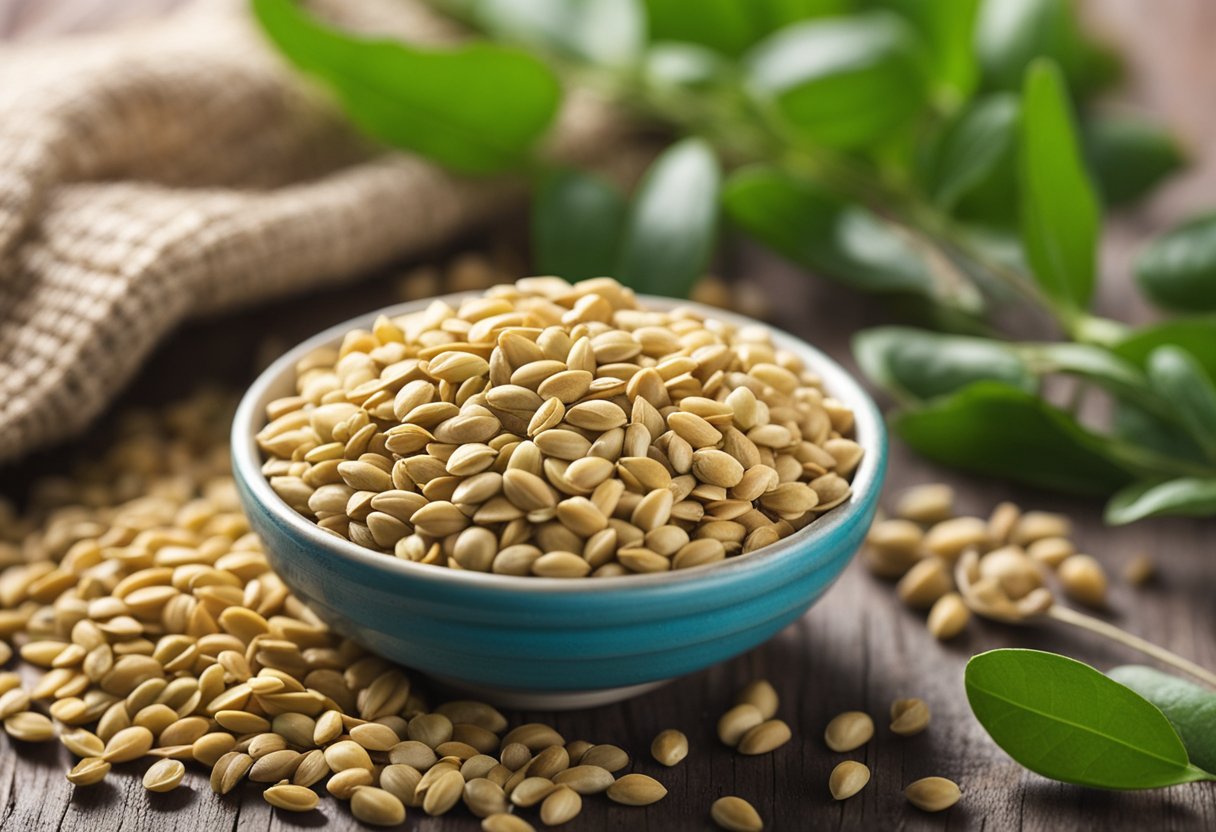
Fenugreek is a versatile herb that has a unique flavor and aroma. Its flavor can be described as sweet, nutty, and slightly bitter, with a hint of maple syrup.
This makes it a popular ingredient in many cuisines, especially Indian and Middle Eastern dishes.
One of the unique features of fenugreek is its ability to mimic the taste of maple syrup. This is because fenugreek contains a compound called sotolone, which is also found in maple syrup.
Sotolone gives fenugreek its distinct flavor and aroma, which is similar to that of maple syrup.
Another unique feature of fenugreek is its ability to add depth and complexity to dishes. Its nutty flavor pairs well with other warm, fragrant spices such as coriander and cumin, making it a popular ingredient in spice blends. Fenugreek can also be used to add flavor to meats, vegetables, and even yogurt.
In addition to its flavor, fenugreek also has several health benefits. It is rich in antioxidants and has been shown to lower blood sugar levels and improve cholesterol levels. Fenugreek can also be used to soothe digestive issues and relieve menstrual cramps.
Overall, fenugreek is a versatile herb with a unique flavor and aroma. Its ability to mimic the taste of maple syrup and add depth and complexity to dishes makes it a popular ingredient in many cuisines. Additionally, its health benefits make it a valuable addition to any diet.
Conclusion
In conclusion, fenugreek has a unique and complex taste that is difficult to describe. It has a dominant flavor profile that most closely resembles maple syrup, with a hint of bitterness, sweetness, and nuttiness.
When cooked, it brings a maple syrup aroma to dishes and can leave that hint of bitterness depending on its cooking time.
The bitterness can be compared to that of burnt brown sugar, and the maple flavor is accompanied by a hint of nuttiness. The strongest flavor present in fenugreek is that of maple syrup.
Fenugreek is a versatile herb that can be used in a variety of dishes, especially in Indian and Middle Eastern cuisines. It perfectly complements saucy dishes and adds depth and complexity to a wide range of dishes.
Its sweet and nutty flavor makes it a unique addition to your culinary repertoire.
While some people may not enjoy the taste of fenugreek, it is still worth giving it a try because of its many health benefits. It has been shown to have anti-inflammatory properties, aid in digestion, and lower blood sugar levels.
Overall, fenugreek is a valuable herb to have in your kitchen, and its unique taste adds a depth of flavor to many dishes. If you are curious about what fenugreek tastes like, give it a try and experiment with different recipes to find the best way to incorporate it into your cooking.
Frequently Asked Questions
What are some easy recipes that use fenugreek seeds?
Fenugreek seeds are a common ingredient in Indian curries, pickles, and spice blends. They can also be used to add a unique flavor to bread, soup, and stews.
One easy recipe to try is making a simple fenugreek-infused oil by heating fenugreek seeds in oil until fragrant. This can then be used to add flavor to a variety of dishes.
How can fenugreek leaves be used in cooking?
Fenugreek leaves, also known as methi, are commonly used in Indian cuisine. They have a slightly bitter taste and are often used to add flavor to curries, stews, and rice dishes.
They can also be used to make a flavorful herb paste by blending with other herbs and spices.
What is the taste of fenugreek tea?
Fenugreek tea has a slightly sweet and nutty flavor with a hint of bitterness. It is often used for its health benefits, including aiding digestion and reducing inflammation.
What are some health benefits of consuming fenugreek?
Fenugreek has been shown to have a variety of health benefits, including regulating blood sugar levels, reducing inflammation, and improving digestion. It is also high in fiber, protein, and iron.
Can fenugreek be used for hair care?
Fenugreek has been used for centuries in Ayurvedic medicine to promote hair growth and improve scalp health. It can be used to make a hair mask by grinding fenugreek seeds into a paste and mixing with coconut oil.
Is the taste of fenugreek similar to licorice or cumin?
Fenugreek has a unique flavor that is difficult to compare to other spices. It has a slightly bitter, nutty taste with a hint of sweetness.
Some people compare the taste to maple syrup or burnt sugar, while others describe it as similar to celery or cumin.


